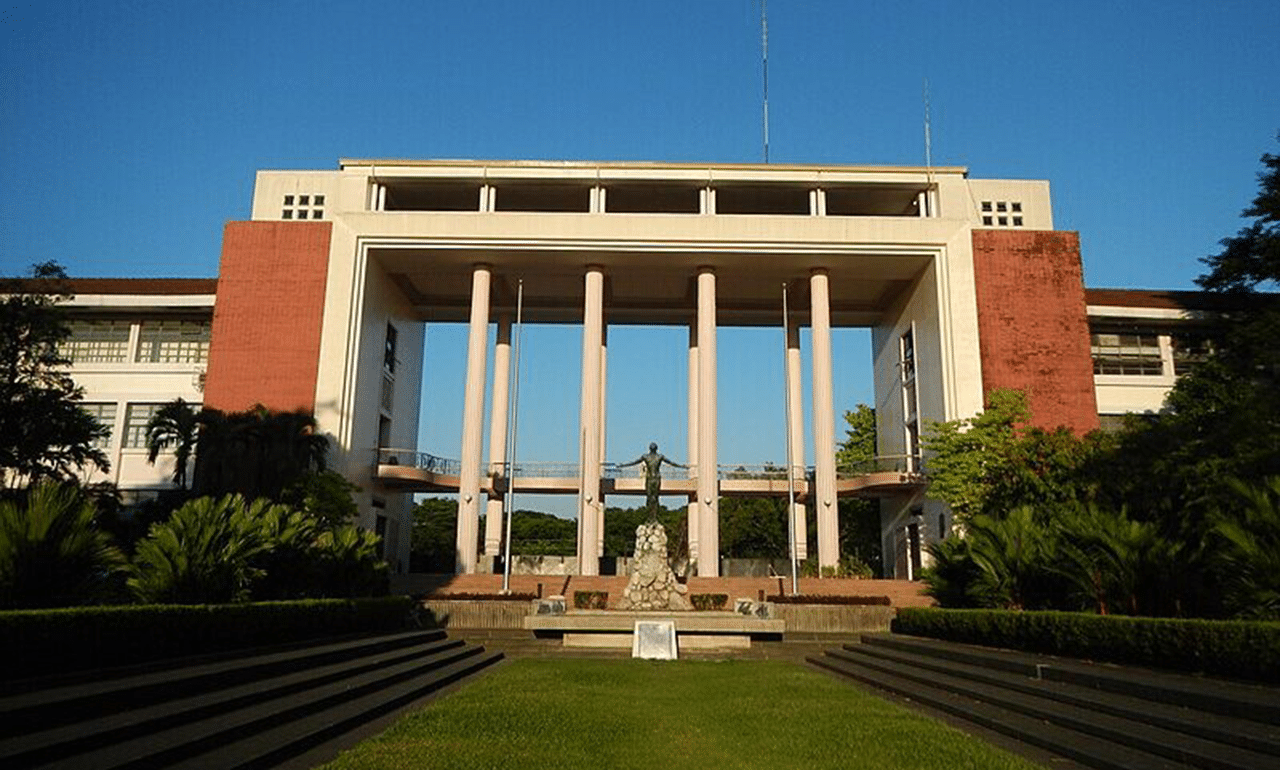UP launches graduate engineering program in Mindanao

The UP Oblation in front of Quezon Hall of University of the Philippines Diliman in Quezon City. | PHOTO: Wikimedia Commons / Ramon FVelasquez
DAVAO CITY — Engineers and students in Mindanao who want to pursue further studies no longer need to go to Manila, as the University of the Philippines (UP) has launched its graduate engineering program in this city.
UP President Angelo Jimenez said the graduate program, inaugurated on April 30, is the university’s response to the shortage of engineers not only in Mindanao but across the country.
“This is not just about opening classrooms; this is about opening doors. We want to make sure that talents in Mindanao have somewhere local to go for quality engineering education. They don’t have to go very far. They’ll be getting their training and education here in our land,” Jimenez said.
For the academic year 2025–2026, UP Mindanao will initially offer Master of Science in Civil Engineering, Master of Science in Industrial Engineering, and Master in Engineering in Industrial Engineering—programs deemed in high demand in the region, according to UP Mindanao Chancellor Lyre Annie E. Murao.
The programs will be under the direct supervision of the UP Diliman College of Engineering. It will later be turned over to UP Mindanao. Courses will be delivered through a HyFlex learning mode—a combination of online and on-site learning designed to accommodate working professionals.
“This is very important because engineering is essential if we aspire for progress,” Jimenez said. “There’s a dire need for engineers in the country today. The estimate is that we need 570,000 more engineers to support infrastructure and improve systems and processes.”
Jimenez cited the correlation between a country’s development and its engineer-to-population ratio. He noted that Vietnam has 105 engineers per 100,000 people; Malaysia, 175; Singapore, 200; and South Korea, 285.
In contrast, the Philippines has only 50 engineers per 100,000 people.
He emphasized that bringing UP’s brand of engineering education to Mindanao aims to ensure a steady flow of skilled professionals in the region. “We want to make sure that Mindanao can help itself develop,” he said.
Chancellor Murao added that the programs address pressing needs in the region. “There’s more infrastructure to be built, hence the demand for civil engineers. Our main economy is agriculture, so the agri-industrial value chain can be addressed by industrial engineers,” she said.
Maria Antonia N. Tanchuling, dean of the UP College of Engineering, said the university also hopes to expand the program to include agricultural and biosystems engineering.
She acknowledged that UP alone cannot solve the shortage of engineers, emphasizing the importance of collaborating with other institutions offering engineering programs.
UP Diliman Chancellor Edgardo Carlo L. Vistan II said the program also seeks to strengthen engineering research in the country. “We have many talented engineers, but our research capability still needs improvement. We want to fill that gap,” he said.
“When we produce engineers, we promote progress. When we promote progress, we build a nation. And that is the best way to address the question of peace,” Jimenez said. “This is also peace-building in Mindanao.”



















